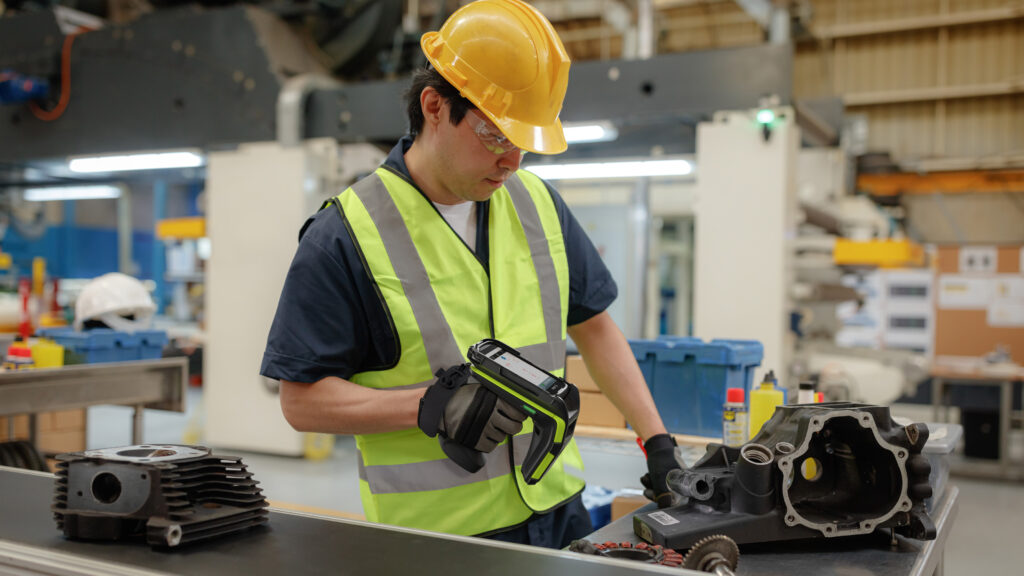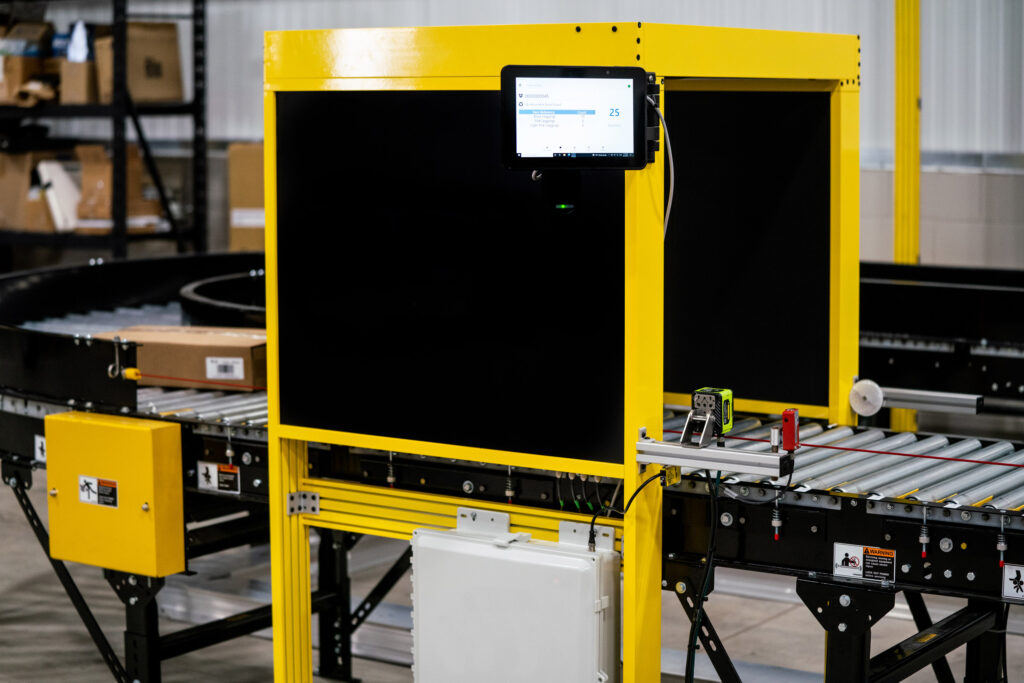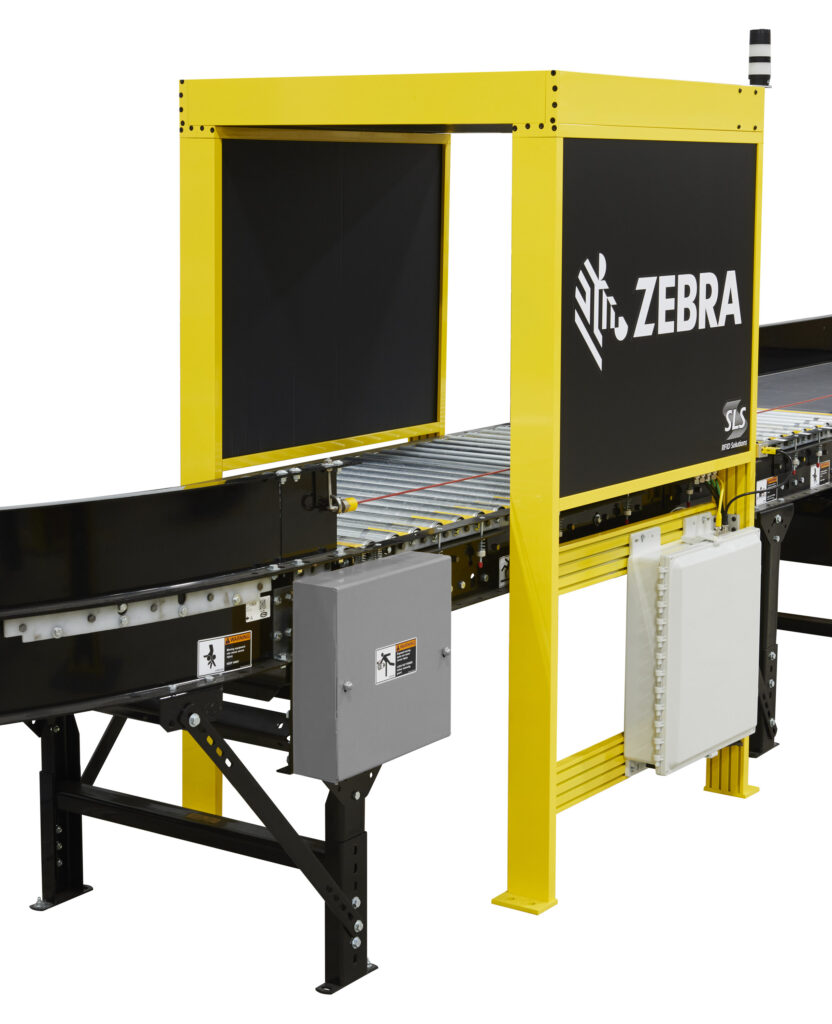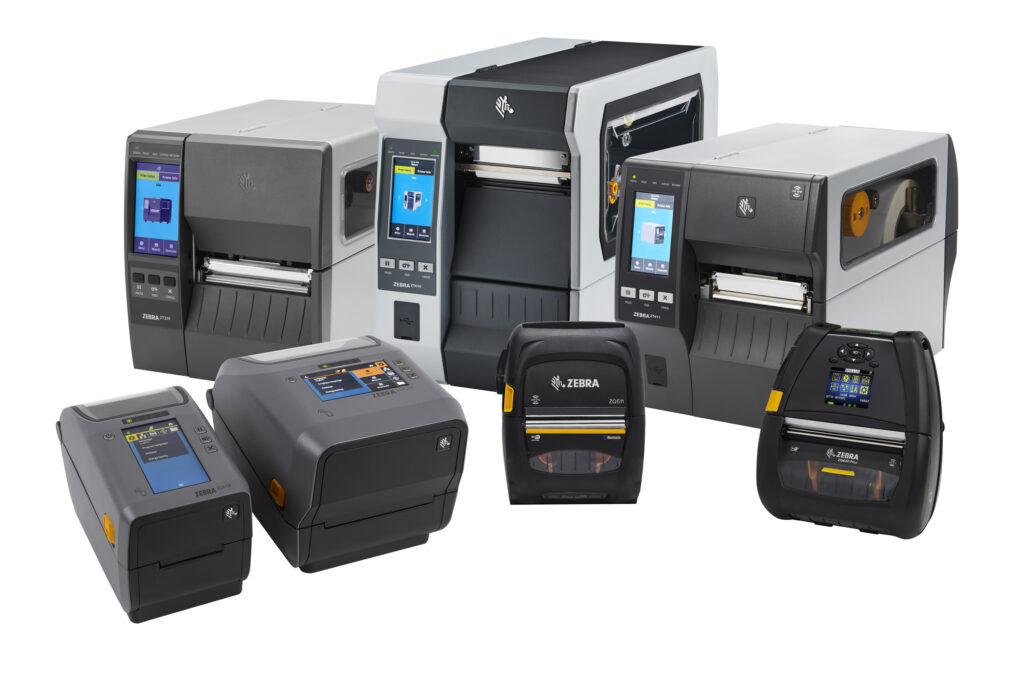RFID Goods-in/out processing
RFID tags placed on inbound goods speed up the acceptance of deliveries at the front door. Both finished stock (with RFID tag) or third-party delivered items receivers can either pass through items with existing RFID tags (under GS1 standardised label language) and register the goods received against the system using RFID gates or handheld readers.
Alternatively, in the case of third-party receivables, RFID readers and printers generate item or pallet level tags that can track the stock through the warehouse process to the time for picking and dispatch. Goods out is simplified and speeded up, with RFID automating the reading of entire pallets instantly and cross-checking with dispatch notes – eliminating the dispatch of incorrectly loaded or missloaded items.
RFID WIP Tracking
Tracking via RFID is not limited to finished goods. RFID is used within the production process to track materials and components as they move through the various production stages. Fixed location RFID readers reduce the requirement of human intervention in the data capture of WIP (work in progress) materials and parts as they travel through the various stages of production. RFID in manufacturing and production facilities enable real-time monitoring of workflows and bottleneck reductions for operations managers- providing real-time information over the production process.
RFID Inventory tracking
Inventory tracking is greatly improved with RFID. More data can be stored and tracking improved to include tracking proper storage and transport temperatures, manufacture dates, shelf life, expiration dates, lots, batch, and serial numbers. With RFID tags, stock can be traced automatically through the supply chain with improved recall and returns processes.
One of the main benefits of stock-taking with RFID is speed, with 1000’s of tags being read instantly, reduced cycle count labour time, and updated information in real-time. Distribution centres for retail benefit from the speed improvement, particularly if there are RFID gateways and automatic sortation for returns. Further downstream, the RFID label increases security with greater tracking and triggering of alarms within retail stores.
RFID Asset Tracking
RFID asset tracking provides more accurate counting with serialisation embedded in the tag data, preventing duplication or fraud. Tracking your assets with RFID enables you to improve your asset utilisation. Whether a vehicle, tools, IT devices or people, asset tracking via RFID provides serialisation data storage and historical data collection read/write function, enabling more accurate data tracking and improved security.
Speak to an advisor today






















